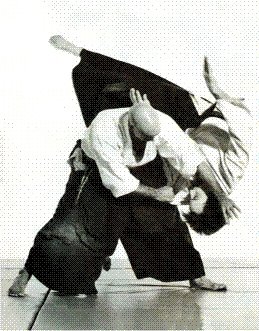 This weekend I attended a stage on katsu, the ancient japanese art of resucitation. Of course people won't stand from their deathbed with these techniques! While "katsu" means "resucitation", it is intended for preventing people for dying after a shock, fainting, blackout, syncope, tachycardia, traumatism, hemorrhage...
This weekend I attended a stage on katsu, the ancient japanese art of resucitation. Of course people won't stand from their deathbed with these techniques! While "katsu" means "resucitation", it is intended for preventing people for dying after a shock, fainting, blackout, syncope, tachycardia, traumatism, hemorrhage...
This is a traditional art that was transmitted with strong secrecy in the feudal Japan inside the old martial arts schools (koryu) from sensei to those selected pupils that deserved it. It was Kano Jigoro, the founder of the well know jujutsu school, kodokan judo, who made this knowledge available for the general public. His motto was: "Because we are teaching arts that can kill or maim an oponent, we have the moral responsability of teaching arts capable of bringing our oponent back to life." Not a bad moral principle, is it?
The stage was eight hour long, so we went through all this knowledge in a fast pace, but we had time for practicing with partners, hands on. This is a very valuable knowledge that all martial artists should adquire and transmit to their pupils, because it can prevent some fatal consequences from happening after a dojo accident.


 The Art of Aiki es la más completa fuente de información sobre el Aikido en Español. |
The Art of Aiki es la más completa fuente de información sobre el Aikido en Español. |